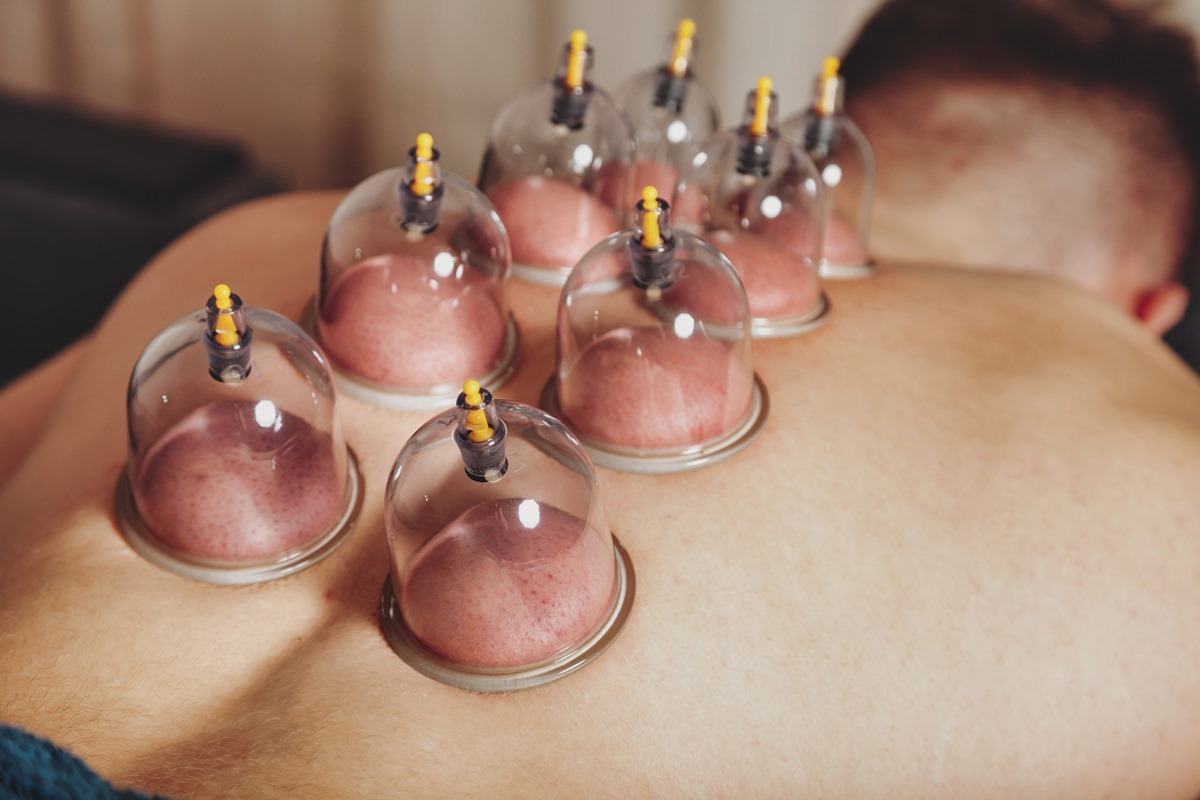Study reveals novel therapeutic target for traumatic brain injury
Health outcomes vary greatly among the approximately 1.5 million Americans who survive a traumatic brain injury each year.
Discover the importance of cupping therapy for pain relief, stress reduction, and overall well-being. A holistic approach to healing.

In an era marked by modern medical advancements and innovative treatments, there is a resurging need for age-old holistic practices like cupping therapy. This ancient healing technique, which has been passed down through generations, is gaining recognition and popularity due to its manifold benefits for physical and mental well-being. Here’s why the need for cupping therapy is on the rise:
Cupping therapy has established itself as a reliable ally in pain management. Whether it’s the persistent ache of muscle pain, the discomfort of joint pain, or even the throbbing of migraines, cupping therapy offers relief. By creating a gentle suction on the skin, it stimulates blood flow to the affected area, promoting natural healing and pain reduction.
In a fast-paced world fraught with stress and anxiety, cupping therapy emerges as a soothing solution. The process of cupping, accompanied by the comforting warmth of the cups, acts as a balm for the nervous system, inducing relaxation, and promoting emotional well-being.
Advertisement
The practice of cupping generates a vacuum effect that enhances blood circulation throughout the body. This not only aids in pain relief but also supports the body’s innate healing processes, contributing to overall health.
In a world rife with environmental toxins, the body’s natural detoxification processes may sometimes struggle to keep up. Cupping therapy helps expedite this detoxification by drawing toxins and metabolic waste products to the skin’s surface, allowing the body to eliminate them more effectively.
Cupping therapy’s impact on blood circulation and detoxification plays a pivotal role in strengthening the immune system. A robust immune system is better equipped to fend off illnesses and infections, making cupping a valuable asset in preventive healthcare.
Cupping has been employed to address various respiratory conditions, including bronchitis and asthma. By improving blood flow and reducing inflammation, it can alleviate symptoms and promote lung health.
Cupping therapy aligns seamlessly with the principles of holistic medicine, where the emphasis is on treating the individual as a whole—addressing both physical and mental aspects of well-being. It is a complementary therapy that the practitioners can effectively integrate into existing healthcare practices.
As people seek natural and complementary approaches to health, the need for cupping therapy continues to grow. People no longer see this as merely a historical practice but as a relevant and valuable component of holistic healthcare. Whether used independently or alongside conventional treatments, cupping therapy offers a holistic approach to well-being that resonates with individuals seeking a balanced and harmonious life. Its resurgence is a testament to the enduring wisdom of ancient healing practices in our modern world.
Advertisement